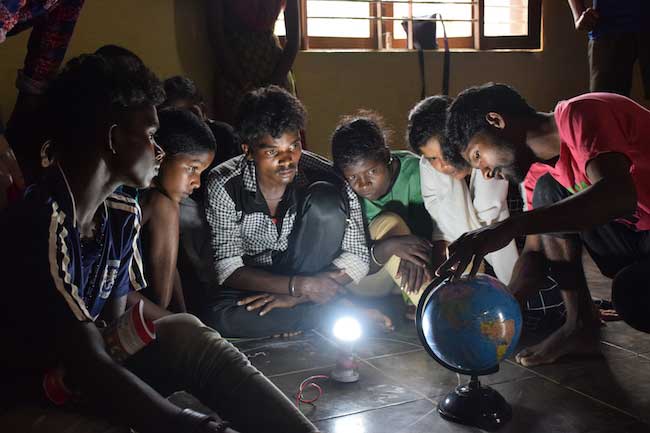
collaborative YouTube channel: Kaathadi | More resources for the classroom >>
- Immerse yourself in the storytelling traditions valued among tribal communities
- Search for Indian publications by and about members of tribal communities
- Ask questions like “How many ‘Scheduled Tribes’ are there in India?”; and “What distinguishes them from other communities?” (‘tribal’ or otherwise)
- Understand the intentions of India’s founding fathers: Gandhi & Nehru
- Derive inspiration from Tagore’s vision of rural culture
- Counter misconceptions in and beyond the classroom
- Find posts with information about a particular community
- Use an interactive map to find museum collections across India
Learn from M S Swaminathan – a world renowned scientist – how biological diversity contributes to public health, people’s livelihood and environmental security in addition to food security: his call on fellow citizens to use and share resources in a more sustainable and equitable manner; outlining the long journey from the 1992 Earth Summit to a commitment to foster inherited knowledge through India’s Biodiversity Act and Genome Saviour Award; an award intended to reward those who are “primary conservers” – guardians of biological diversity!
More about the work of his foundation which “aims to accelerate use of modern science and technology for agricultural and rural development to improve lives and livelihoods of communities.” – www.mssrf.org | Regarding the issues of food security raised above, and the nutritional value of indigenous grains, seeds and millets, read an in-depth report that concludes that “the tribal food basket has always been diverse and nutritious” >>
Up-to-date reports by Indian experts and journalists
Search tips
Combine the name of any particular state, language or region with that of any tribal (Adivasi) community.
Add keywords of special interest (music, poetry, dance just as health, sacred grove and biodiversity); learn about the rights of Scheduled Tribes such as the “Forest Rights Act” (FRA); and the United Nations “Declaration on the Rights of Indigenous Peoples”, “Universal Declaration of Human Rights”, “women’s rights”, or “children’s right to education”.
Ask a question that includes “tribal” or “Adivasi”, for instance: “Adivasi way of life better?” (or “tribal way of life worse?”)
Specify any particular issue or news item (biodiversity, bonded labour and human trafficking, climate change, ecology, economic development, ethnobotany, ethnomedicine, global warming, hunter-gatherers in a particular region or state, prevention of rural poverty, water access).
For official figures include “scheduled tribe ST” along with a union state or region: e.g. “Chhattisgarh ST community”, “Himalayan tribe”, “Scheduled tribe Tamil Nadu census”, “ST Kerala census”, “Particularly Vulnerable Tribal Group Jharkhand”, “PVTG Rajasthan”, “Adivasi ST Kerala”, “Adibasi ST West Bengal” etc.
In case the Google Custom Search window is not displayed here try the following: (1) toggle between “Reader” and regular viewing; (2) in your browser’s Security settings select “Enable JavaScript” | More tips >>
Note: hyperlinks and quotes are meant for fact-checking and information purposes only | Disclaimer >>
List of websites covered by this Google custom search engine
Academia.edu (platform for academics to share research papers) – www.academia.edu
Archive.org – https://archive.org
Centre for Science and Environment – https://www.cseindia.org
Current Conservation – https://www.currentconservation.org
Development and Cooperation (D+C) https://www.dandc.eu
Down To Earth (India) – www.downtoearth.org.in
India Environment Portal – www.indiaenvironmentportal.org.in
Harnessing Nature Magazine – https://harnessingnature.online
Kalpavriksh Environmental Action Group – https://kalpavriksh.org
Mongabay-India – https://india.mongabay.com
M S Swaminathan Research Foundation – www.mssrf.org
Navdanya (protecting India’s biodiversity based food heritage) – https://navdanya.org
Third World Network (Penang, Malaysia) – https://twn.my
The Shola Trust (nature conservation in the Nilgiri region) – www.thesholatrust.org
WorldCat (“the world’s largest library catalog, helping you find library materials online”) – https://worldcat.org
Research the above issues with the help of Shodhganga: A reservoir of theses from universities all over India, made available under Open Access >>
Note: hyperlinks and quotes are meant for fact-checking and information purposes only | Disclaimer >>
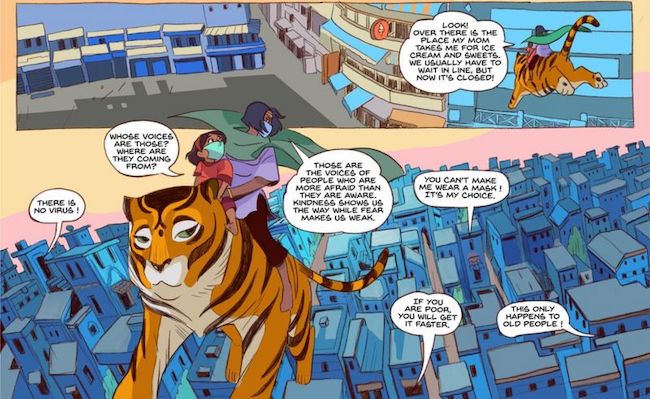
Learn more about “Priya’s Mask” and related titles on priyashakti.com >>
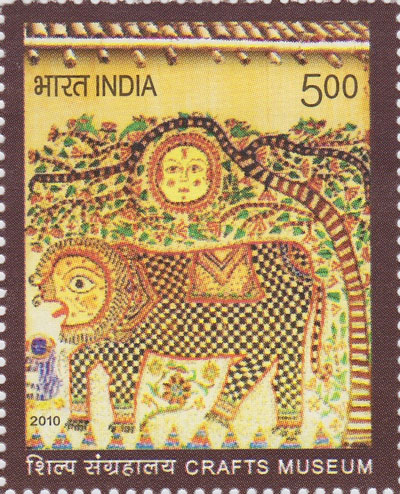
wildlife tourism and conservation policies >>
When your neighbour is a tiger | People’s Archive of Rural India
People living near or within the forest in the Bandipur National Park and the Sundarbans revere as well as fear the tiger. Their proximity to tigers, leopards, crocodiles and other big animals often causes violent confrontations, but it has also inspired myths and conservation. Here are PARI’s tales from tiger territory >>
Suggestions
- Take the Guided tour of this website (also available for offline reading)
- Enjoy a Virtual journey across India and explore other interactive maps
- Explore the “Browse more contents by category” menu seen on the right if you use a regular browser (pc, laptop or tablet computer)
- Click here if you use a smartphone
Up-to-date information
- use the Safe Google Search link (“Making the Internet a safer place to surf for children”).
- search select periodicals and type “tribal youth”, “trees tribal community”, “tribal school Odisha” (or any similar combination of keywords) to get a fair picture of the challenges faced by tribal communities in modern Indian society; and also to appreciate the new opportunities seized by India’s tribal youth.
“The smart boy or clever girl who is deprived of the opportunity of schooling, or who goes to a school with dismal facilities (not to mention the high incidence of absentee teachers), not only loses the opportunities he or she could have had, but also adds to the massive waste of talent that is a characteristic of the life of our country.” – Nobel Awardee Amartya Sen in The Argumentative Indian (Penguin Books, 2005), p. 344 | Find this and other books published in India >>
Related: Tribal Children’s Right to Education | Childhood | Ekalavya (Eklavya, Eklabya), EMR & Factory schools | Childrens rights: UNICEF India >>
Information about and by the Government of India (policies, reports etc.) & NGO’s
- Government of India – Category (posts on this website)
- Search select websites – Govt. of India, NGOs and international organisations
- National Commission for Protection of Child Rights: NCPCR (posts on this website)
- Welfare of tribal communities – check https://timesofindia.indiatimes.com/topic/ministry-of-tribal-affairs
- Zonal Cultural Centres (posts on this website)
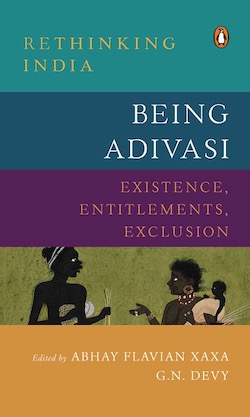
Search publications via Indian publishers & libraries:
Virginius Xaxa & Ganesh Devy or G.N. Devy >>
See also
Adverse inclusion | Casteism | Rural poverty
Childhood | Tribal Children’s Right to Education in India
Demographic Status of Scheduled Tribe Population of India (Census figures 2011)
Fact checking | Figures, census and other statistics
Human Rights Commission (posts) | www.nhrc.nic.in (Government of India)
Search tips | Names of tribal communities, regions and states of India
“What is the Forest Rights Act about?” – Campaign for Survival and Dignity
“Who are Scheduled Tribes?” – Government of India (National Commission for Scheduled Tribes, NCST)
Information on projects handled by Unicef and United Nations
- Unicef (United Nations Children’s Fund)
- search posts on this website (all posts containing Unicef)
- search Unicef’s website unicef.org (keywords used “tribal India”; also use your own keywords in the Search window)
- Unesco (United Nations Educational, Scientific and Cultural Organisation)
- search posts on this website (all posts containing Unesco)
- search Unesco’s websites and in.one.un.org and whc.unesco.org (keywords used “tribal India”; also use your own keywords in the Search window)
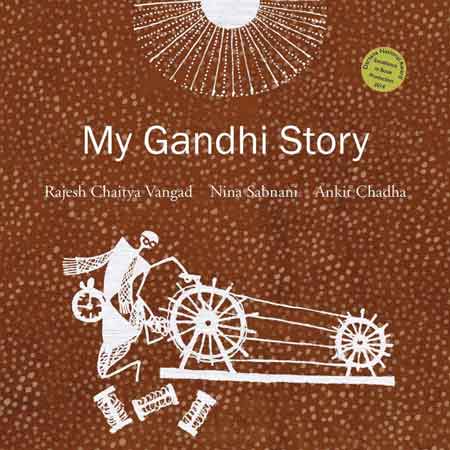
Gandhian social movement | Warli art and culture >>